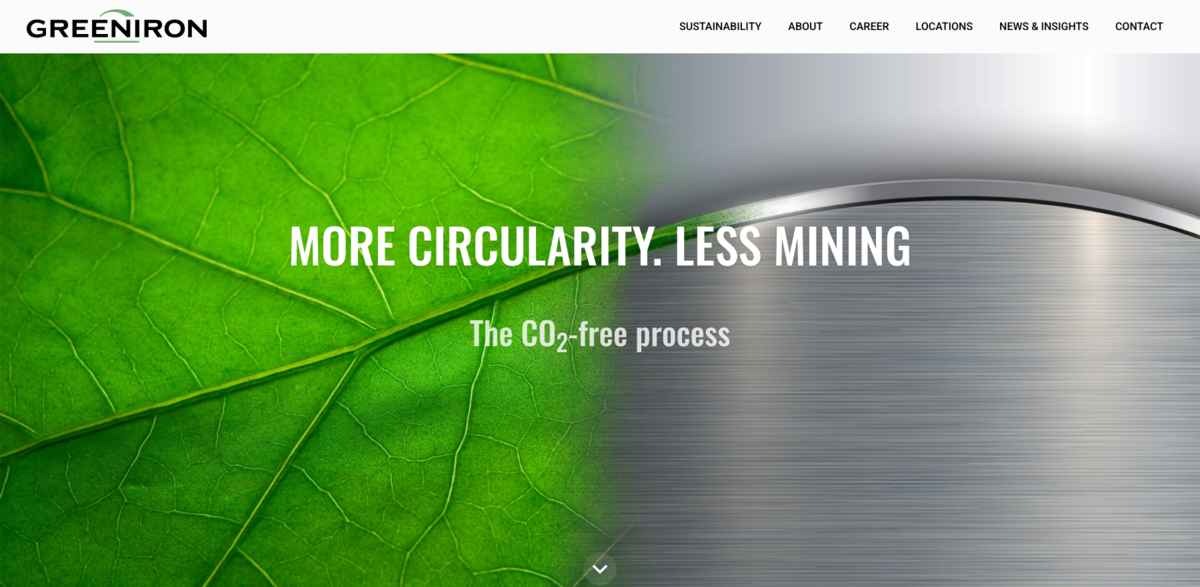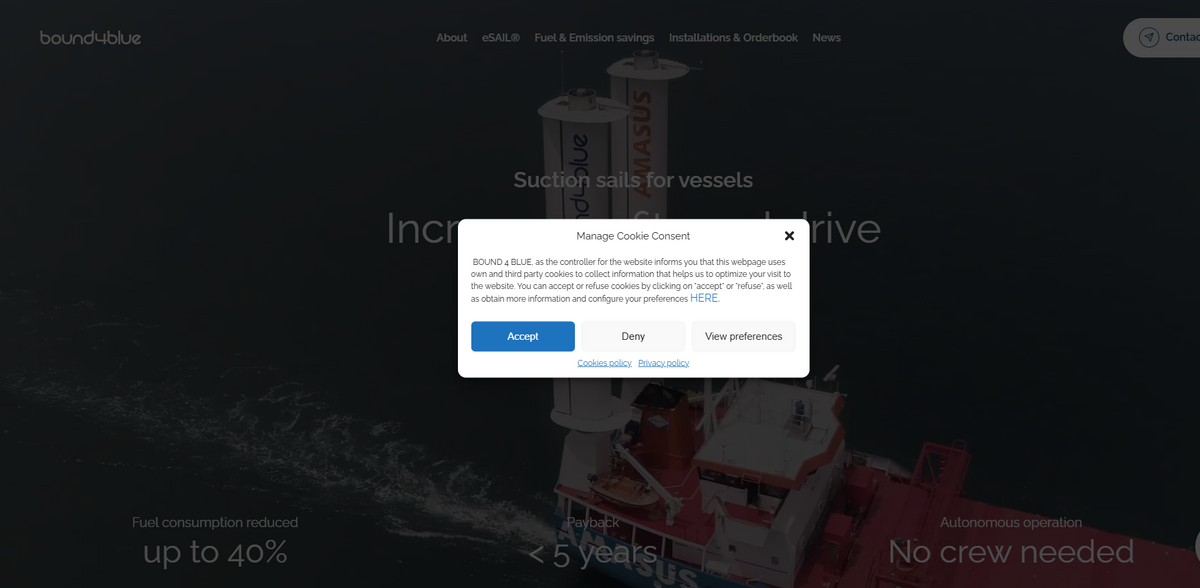What the Project Is
The project represents a transformation in the metals and mining sector—a revolutionary shift from the old linear approach toward a circular, fossil‐free process. By harnessing disruptive, green technology, the initiative recycles valuable residuals from mining, steel, foundry, and manufacturing industries. It takes materials that might otherwise be dumped into landfills and turns them into metal, setting a course where more circularity and less mining become not just ideals, but tangible realities. With phrases such as “More Circularity. Less Mining. THE FOSSIL-FREE PROCESS. FROM ORE AND RESIDUALS TO METALS INTO A CIRCULAR WORLD,” the project clearly emphasizes its vision: building a nexus between sustainability and profitability, all while easing environmental challenges.
Main Benefit
The primary benefits are not only environmentally transformative but also economically significant. Key figures and facts illustrate these benefits:
- A unique CO2-free production process that changes the production paradigm.
- One GreenIron furnace eliminates at least 56,000 tonnes of CO2 emissions per year.
- Research into recycling secondary materials containing steel and iron commenced as early as the late 1960s and early 1970s.
- A laboratory furnace was created in the 1970s, setting a foundation for continual innovation.
- From 2016 to 2019, energy efficiency was drastically improved and maintenance lowered through modernized technology.
- Between 2019 and 2021, the project earned 7 vital patents and tested over 100 materials in a demo furnace.
- The full-size furnace in Sandviken, Sweden is poised for fossil-free metal production as early as 2024.
Our Process and Technology
The process centers around what is boldly marketed as a UNIQUE CO2-FREE PRODUCTION PROCESS. Using patented technology and green hydrogen as a reducing agent, the project embraces a journey that goes way back to the origins of recycling research. In the 1960s and 1970s, pioneering steps were taken—research began and a laboratory furnace was designed—paving the way for today’s disruptive innovations. The technology has navigated environmental challenges and ultimately evolved into a solution that addresses the critical needs of modern industries. It’s kind of like a leap from then to now, using lab-tested ideas to solve big problems in the real world.
Sustainability and Vision
Sustainability is not just a buzzword in this initiative—it is built into its core. It embraces the promise of CO2-reduction: one furnace cutting 56,000 tonnes of CO2 emissions per year, a powerful figure that underlines its environmental achievements. The vision of the project is intricately linked to a broader strategy, offering not only a technological solution but also a robust commitment to furthering a cleaner, greener planet. The technology promises to aid in transforming the metals and mining sectors, encouraging more circular material use and reduced resource depletion.
Industry Impact and History
The roots of innovation can be traced back to Hans Murray, the co-founder of GreenIron—whose early research into recycling secondary materials set the stage for today’s breakthroughs. This historic approach is complemented by a focus on values such as transparency, effective partnerships, and a strict Code of Conduct that outlines the company’s sustainability roadmap. The project’s footprint extends to areas like strategic partnerships (Friends of GreenIron), a coherent vision for sustainable development, and a willingness to challenge traditional industry practices. As reflected in recent news items, milestones include securing additional funding, appointing new board members, hosting major project meetings, winning prestigious awards like the Pioneer Prize, and deploying cutting-edge technology from ABB. All these elements create a comprehensive narrative of progress, continuous innovation, and robust industry impact.
Project Impact
- SDG 7: Affordable and Clean Energy – By reducing emissions and using renewable resources, the project underlines the transition to clean energy.
- SDG 9: Industry, Innovation, and Infrastructure – Its innovative approach and state-of-the-art technology boost infrastructure within the metal production sector.
- SDG 12: Responsible Consumption and Production – With an emphasis on circular material use, it advocates for more responsible industrial practices.
- SDG 13: Climate Action – Cutting CO2 emissions contributes directly to global efforts to combat climate change.
- SDG 17: Partnerships for the Goals – Through strategic collaborations and a shared vision, it fosters partnerships that promote sustainable development.
Looking Forward
As the project transitions from research laboratories to full-scale production, the outlook is optimistic and dynamic. Enthusiastic industry observers note that the use of green hydrogen and zero-emissions technology is set to etch a permanent mark on the metals production landscape in Sandviken, Sweden. The technology’s capacity to transform re-oxidized residual products and slag—traditionally seen as waste—into financially valuable alloys speaks volumes about the intricate balance between profitability and environmental responsibility. It is interesting to observe that while the journey began in the 1960s, significant breakthroughs in energy efficiency and patent approvals only added momentum in recent years. This lingering mix of historical insights and modern advancements is fueling an ongoing evolution, one that mirrors a conversational pace with pauses to appreciate how far innovation has come… and how far it can go.





















